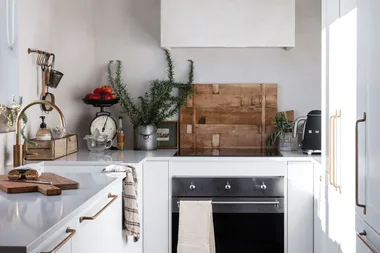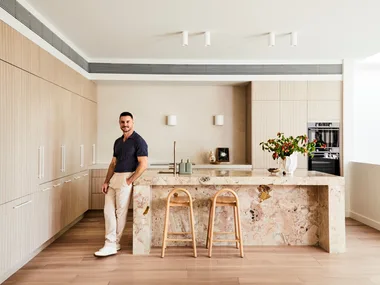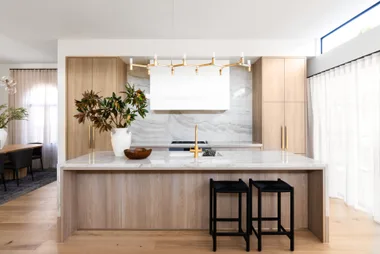Choosing a rangehood might initially strike you as a more utilitarian than decorative choice, however rangehoods and cooktops are integral to the visual and practical appeal of any kitchen. “A rangehood style determines so much of a kitchen’s overall aesthetic,” says interior designer Kate Nixon. Karl Mellington, product expert at Winning Appliances, agrees. “It is mostly up to personal preference and the design of your kitchen,” he says. “Depending on that, you can then begin to consider practical concerns – such as what ducting you require, cabinetry and compliance.” Whatever your taste, size of your space or style of your interiors, we’ve spoken to the experts, so you don’t have too! All you have to do is keep reading.
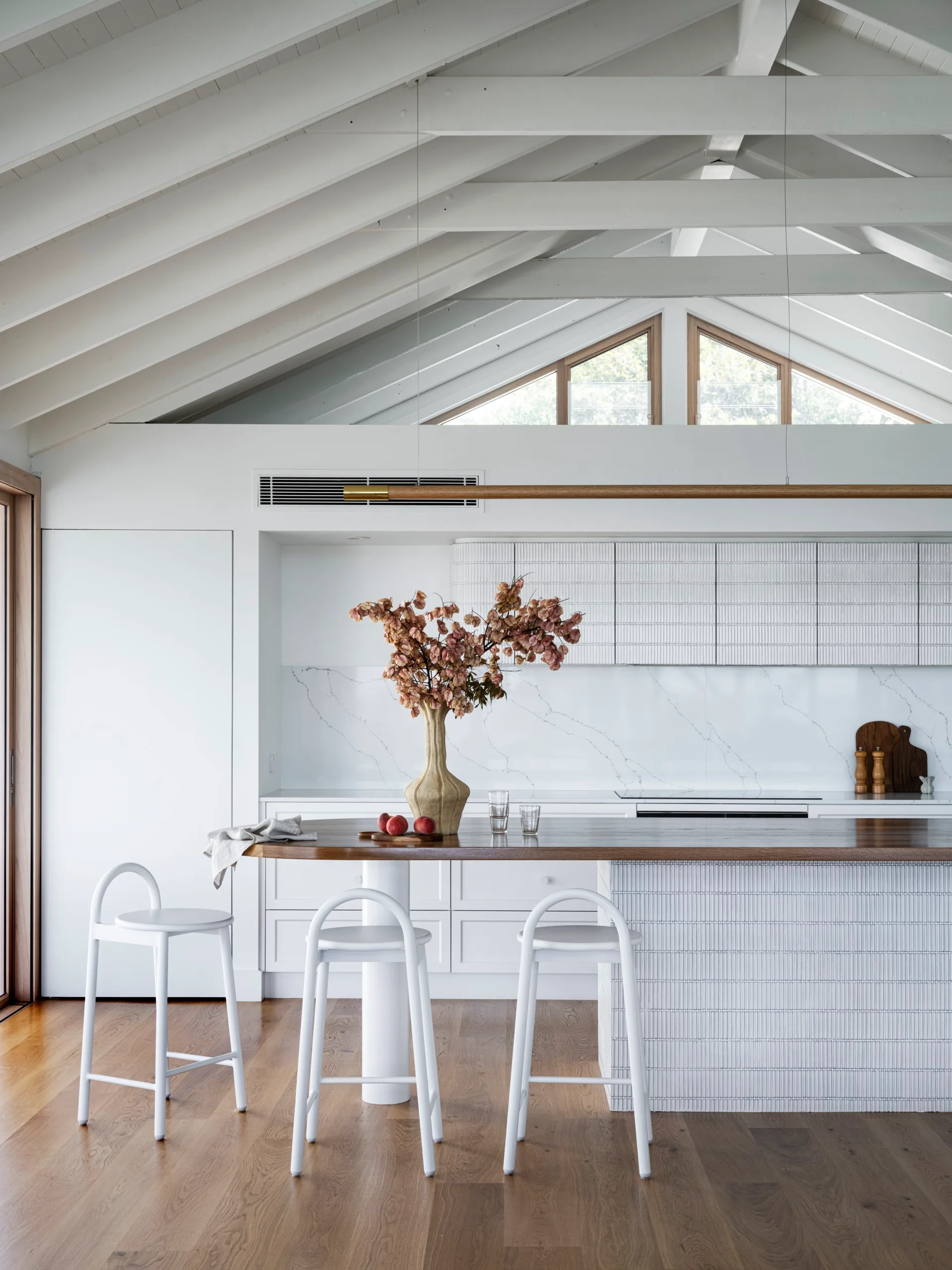
What is a kitchen rangehood?
A supremely practical kitchen appliance designed to extract airborne grease, smoke, heat and steam from your edible enterprises, a rangehood works hard to deodorise, preserve finishes and, in the worst case, prevent disasters. Also known as a range, kitchen hood, exhaust hood, hood fan or extractor hood, a rangehood is an essential kitchen appliance that extracts and expels fumes by means of three main parts – a skirt, a grease filter and a ventilation fan.
Traditional style rangehoods
Tried and true, a traditional kitchen design features symmetry and order in neutral tones and, usually, a rangehood concealed in shaker cabinetry. While traditional designs are perennially popular, Karl says customers seeking a classic look still want state-of-the-art capabilities from their appliances. Paul Meirau, home appliance expert and Harvey Norman franchisee, agrees. He says he’s noticed a strong preference for concealed rangehoods that are efficient and quiet. “Ninety per cent of rangehoods sold are undermount or built into cabinetry,” he says. From a design point of view, Kate says the key to achieving a balanced, traditional-but-chic look lies in choosing a rangehood with design flexibility. “We love an integrated model which allows us to create our own statement – be it a showpiece or a seamless integration to complement each individual kitchen’s look and feel,” she says.

Contemporary style rangehoods
“A contemporary home looks great with sleek, minimalist designs integrated into cabinets, benchtops or ceilings,” says Kate. “Recent rangehood innovations include flush ceiling fittings and bench mounted models which allow greater design possibilities for positioning cooktops under windows or in freestanding island benches.” Contemporary kitchens need to be beautiful and functional, so undermount and downdraft rangehoods come into their own, says Karl. “Undermount rangehoods can be built into your cabinetry and ducted out. This provides a more modern and contemporary look. Downdrafts offer discrete, yet powerful extractor fans that are integrated into the benchtop or cooktop surface – eliminating the need for a separate overhead rangehood.” Paul’s top brand for cylindrical rangehoods is Falmec, while he suggests Schweigen for anything plaster rendered as they’re installed in the ceiling.
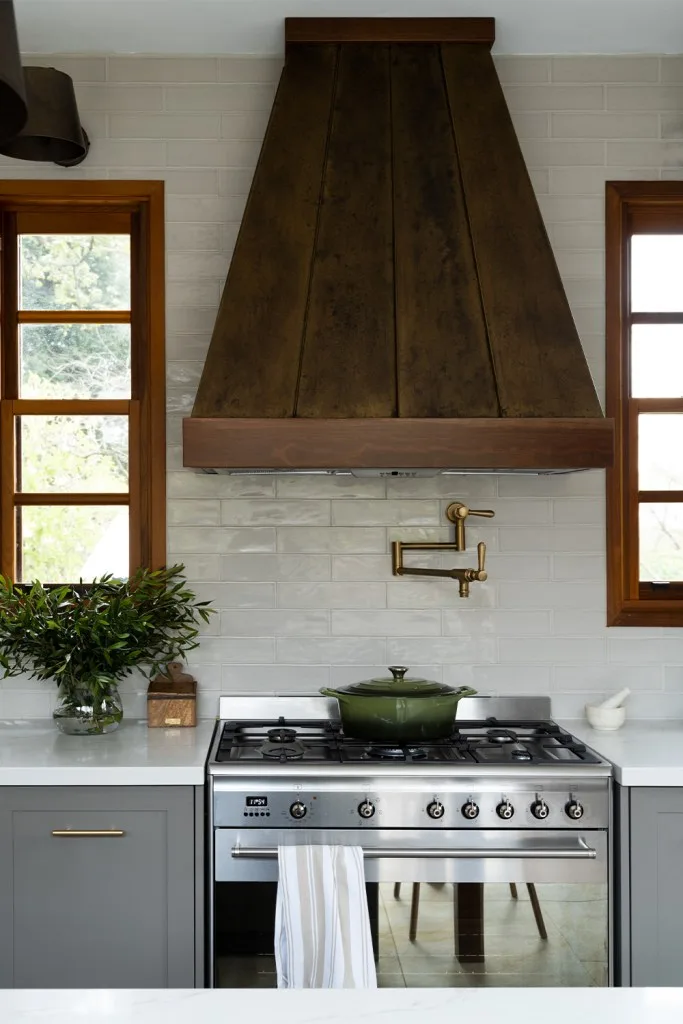
Farmhouse style rangehoods
“A farmhouse kitchen loves a hearth style statement rangehood enclosed with painted timber or stone with feature tiles,” says Kate. Mimicking the warm, well-used kitchens of old, farmhouse kitchens typically feature country-style textures like wood, stone, tile and steel mixed with modern appliances. In farmhouse kitchens “the rangehood has cemented itself as a key design feature boasting brick, tile, porcelain, paint, stone, timber, render, copper or steel cladding,” says Kate. “We love creating a statement rangehood and favour Qasair for their Australian-owned, Melbourne-made integrated models which allow us to design our own covers to suit the style and material palette of the home.”
“Always turn your rangehood on 10 minutes before you begin cooking. This will create a wind vortex and will increase extraction efficiency whilst cooking. A good reminder is to turn it on when you begin your food preparation.”
Daniel Bertuccio from Eurolinx

Practical considerations for your rangehood
What ducting do I need?
The paramount practical consideration when it comes to rangehood installation is ducting. If you live in an apartment, the age of the building will dictate what’s possible. “Modern apartment buildings may have ducting, but for older buildings, you may need to consider recirculating rangehoods,” says Karl. Each body corporate may also stipulate additional rules worth investigating. “We always, always specify ducted rangehoods wherever possible,” says Kate. “They are so much more effective than the filter models.” Paul says apartment living usually necessitates a slide-out rangehood with front venting. “Ducted is always the best option,” he says. “Unless you are in an apartment, where carbon charcoal filter units can be an effective option.”
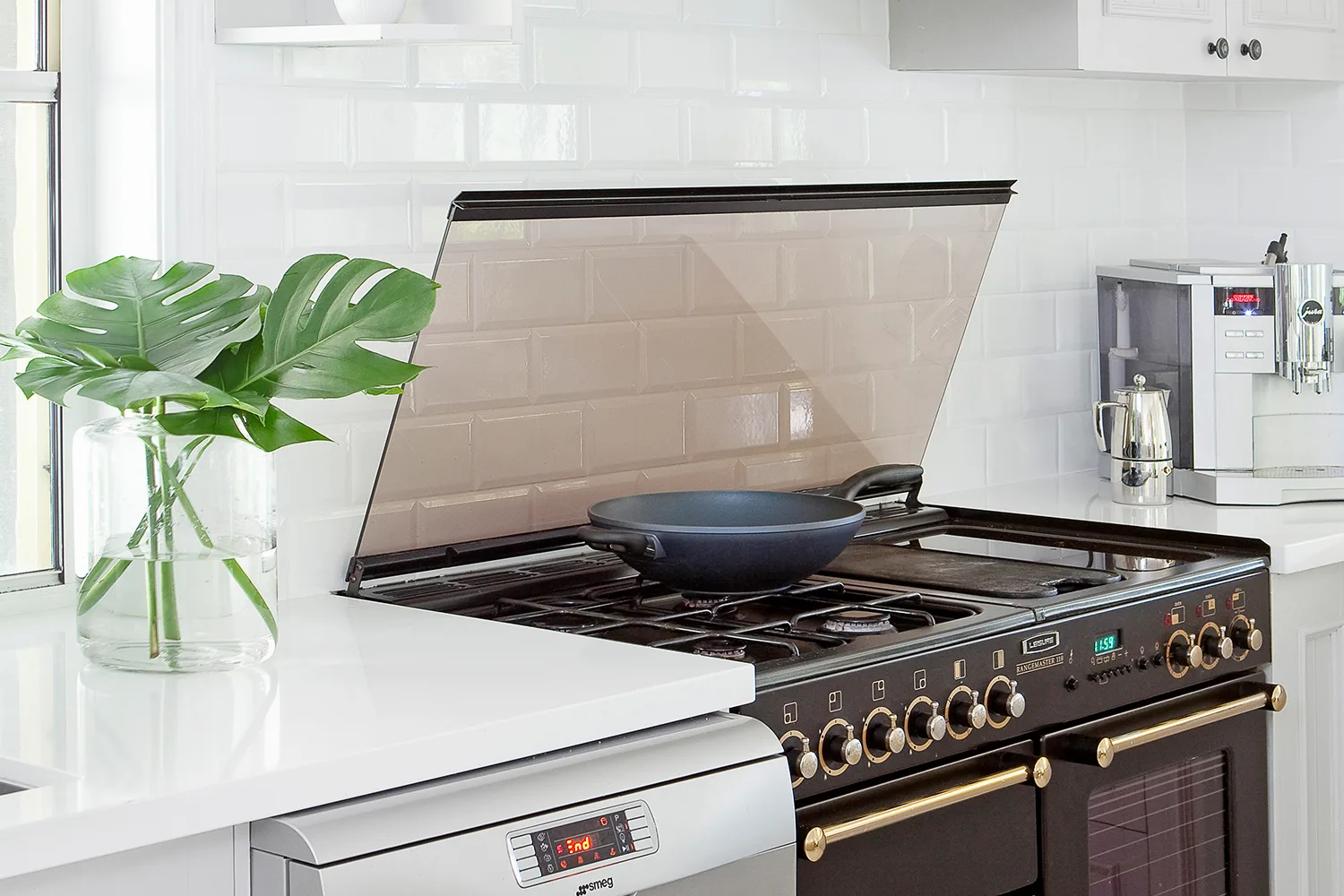
How noisy are rangehoods?
“If you are concerned about how loud your rangehood is, consider a unit that has the motor outside,” says Karl. Pauls says if noise is one of your concerns you’re not alone, most of his clients want quietly efficient rangehoods that add value to their property. “Schweigen, Falmec and Sirius all have models with offboard motors,” he says. “This means the motor can be on roof or wall producing great efficiency and quiet operation.”

What size rangehood do I need?
Although there are no Australian requirements for the flow rate of exhaust systems, any rangehood that has an airflow of 600 – 700 cubic meters per hour is deemed acceptable and anything from 800 – 1200 cubic meters per hour is considered powerful, explains Karl. There are rules relating to distance from your cooktop to the filters in the rangehood. “We would recommend choosing your cooktop and rangehood together to ensure it is compliant,” adds Karl. “The distance required is 650mm for a gas cooktop, 600mm for a ceramic cooktop, and 750mm for an induction cooktop.”
“If you choose an induction cooktop, be aware the hot steam from the cooktop touching the cold surface of your rangehood will create condensation, it’s just physics.”
Daniel Bertuccio from Eurolinx
How to clean rangehood filters
Rangehoods work hard to extract airborne grease, smoke, heat and steam – so it makes sense rangehood filters need to be cleaned regularly. Depending on your cooking habits, rangehood filters will need to be cleaned every few months to make sure they’re performing optimally. Luckily the process to clean them isn’t too difficult, all you’ll need is warm soapy water or a dishwasher! The steps are:
- Remove the filter from the hood
- Place your filter in the dishwasher on a hot cycle or, to hand wash, soak your filter in a sink with warm soapy dishwashing liquid or baking soda for ten minutes (harsh chemicals will tarnish the mesh). Then scrub the filter until clean
- Leave your filter out to dry completely before refitting it into the hood
 Gorta Yuuki
Gorta Yuuki
